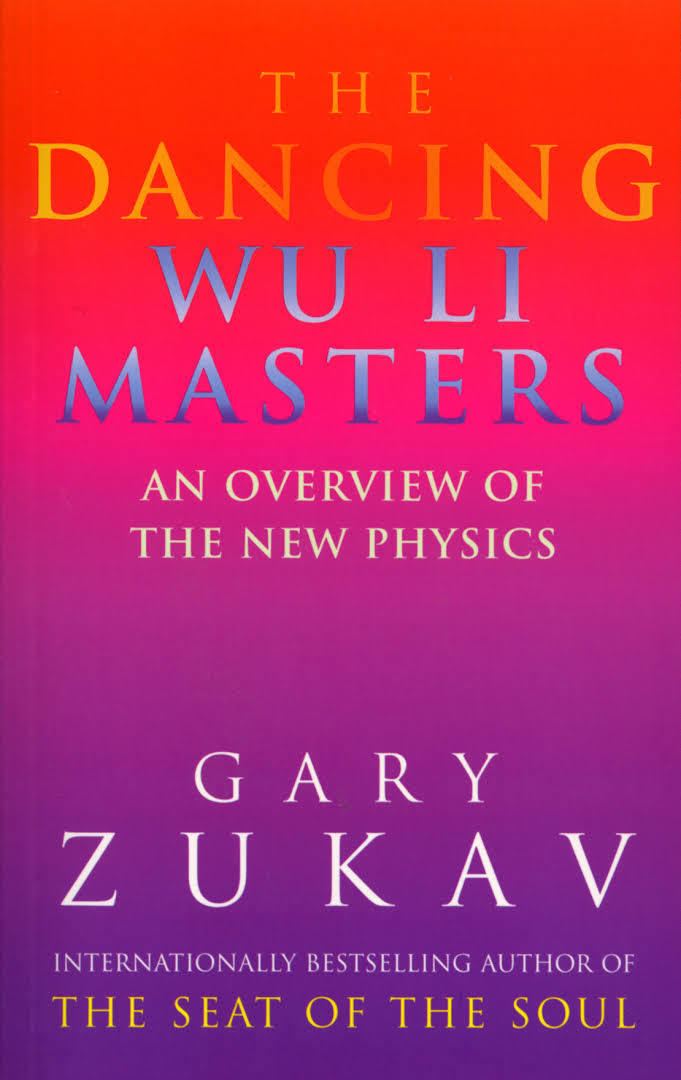8 /10 1 Votes
Country United States Publication date March 1979 ISBN 0-688-03402-0 | 4/5 Goodreads Language English Pages 352 Originally published March 1979 Page count 352 | |||||||||||||||||||||||||||||||||
 | ||||||||||||||||||||||||||||||||||
Genres Mathematics, Philosophy, Science Similar Gary Zukav books, Science books, Quantum mechanics books | ||||||||||||||||||||||||||||||||||
1 the story of numbers 0 and 1 indian numerals or arabic
The Dancing Wu Li Masters is a 1979 book by Gary Zukav, a popular science work exploring modern physics, and quantum phenomena in particular. It was awarded a 1980 U.S. National Book Award in category of Science. Although it explores empirical topics in modern physics research, The Dancing Wu Li Masters gained attention for leveraging metaphors taken from eastern spiritualist movements, in particular the Huayen school of Buddhism with the monk Fazang's treatise on The Golden Lion, to explain quantum phenomena and has been regarded by some reviewers as a New Age work, although the book is mostly concerned with the work of pioneers in western physics down through the ages.
Contents
The toneless pinyin phrase Wu Li in the title is most accurately rendered 物理 in Chinese characters, one Chinese translation of the word "physics" in the light of the book's subject matter. This becomes somewhat of a pun as there are many other Chinese characters that could be rendered as "wu li" in atonal pinyin, and chapters of the book are each titled with alternative translations of Wu Li, such as "Nonsense", "My Way" and "I Clutch My Ideas". Zukav participated as a journalist in a 1976 physics conference of eastern and western scientists at Esalen Institute, California; and he used the occasion as material for his book. At the conference, it was said that the Chinese term for physics is 'Wu Li', or "patterns of organic energy." Zukav, among others, conceptualized 'physics' as the dance of the Wu Li Masters – teachers of physical essence. Zukav explains the concept further:
The Wu Li Master dances with his student. The Wu Li Master does not teach, but the student learns. The Wu Li Master always begins at the center, the heart of the matter...